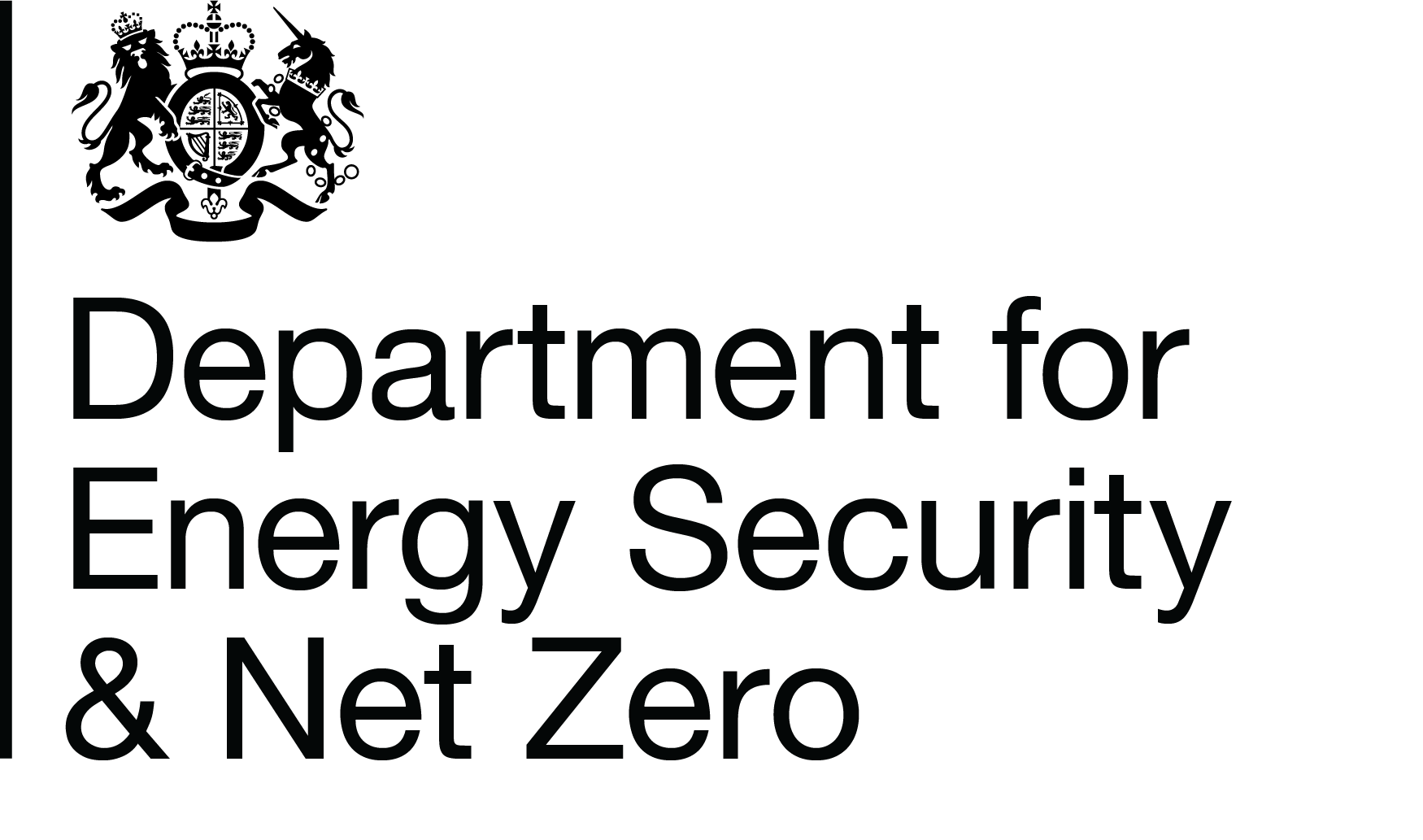Proposed Changes to the Government's Standard Assessment Procedure (SAP)
Overview
We are seeking comments on proposed changes to the Government’s Standard Assessment Procedure (SAP) for the calculation of fuel use in dwellings.
Why your views matter
The Standard Assessment Procedure (SAP) is a methodology used to assess the energy performance of homes and thereby helps deliver many of Government’s energy and environmental policy objectives.
For new dwellings, SAP is used as the vehicle for demonstrating compliance with the relevant building regulations. Consultations on changes to Building Regulations will be the subject of separate consultations by the Devolved Administrations responsible. Any consultations on changes to Building Regulations will be the subject of separate consultations and decisions by the Devolved Administrations responsible. This will provide an opportunity for the public to consider further some of the impacts outlined in this consultation document in line with the proposals of each of the administrations. In England, the Government will be undertaking a review of energy performance standards for new homes, based on cost effectiveness, before making any proposals to change Building Regulations.
Reduced data SAP (RdSAP) is the methodology used to produce Energy Performance Certificates, which are required at point of sale or rental and used to support policy delivery for many Government schemes, including the Feed in Tariff and the Renewable Heat Incentive scheme. Depending on policy development, changes to SAP or RdSAP may require consequential changes to legislation, for example relating to Green Deal or the Energy Company Obligation.
SAP was last updated following a review in 2012. The current edition of SAP is known as SAP 2012. DECC undertook a review of SAP in 2014 and identified that some improvements should be made to keep pace with research, innovation and technology developments.
Help to identify the changes proposed in this consultation arose from discussions with trade associations and manufacturers in 2014, work by AECOM to review stakeholders’ views in 2014 (published alongside this consultation) and the outcome of the Zero Carbon Hub’s review of the Performance Gap which can be found at http://www.zerocarbonhub.org/current-projects/performance-gap.
There are a number of documents that form a part of this SAP consultation. The key one is the revised SAP specification, which is accompanied by technical documents that provide details of the reasoning behind the main changes. It should be noted that the consultation proposes revisions to the SAP specification Appendices S and T, which form the methodology for RdSAP. RdSAP may be amended separately to the rest of SAP so that there would be an amended RdSAP 2012, before SAP2016 was introduced.
The evidence behind these changes can be found in each of the technical working documents. All of these documents can be accessed at www.bre.co.uk/sap2016.
Each of the changes is presented in this consultation document together with an invitation to comment on a recommended approach.
Responses to these questions will be used to help decide on the amendments that are finally introduced into the next edition of SAP, which will be referred to as SAP 2016.
Audiences
- SMEs (small and medium businesses)
- Large businesses (over 250 staff)
- Multinational businesses
- Medium business (50 to 250 staff)
- Micro business (up to 9 staff)
- Small business (10 to 49 staff)
- Oil and Gas
- Low carbon technologies
- Construction
- Manufacturing
- Technology (R&D)
- Property
- Installer
- Energy assesor
- Landlord
- Scientists
- Local government
Interests
- Energy efficiency
- Housing
- Saving energy
- Emissions

Share
Share on Twitter Share on Facebook